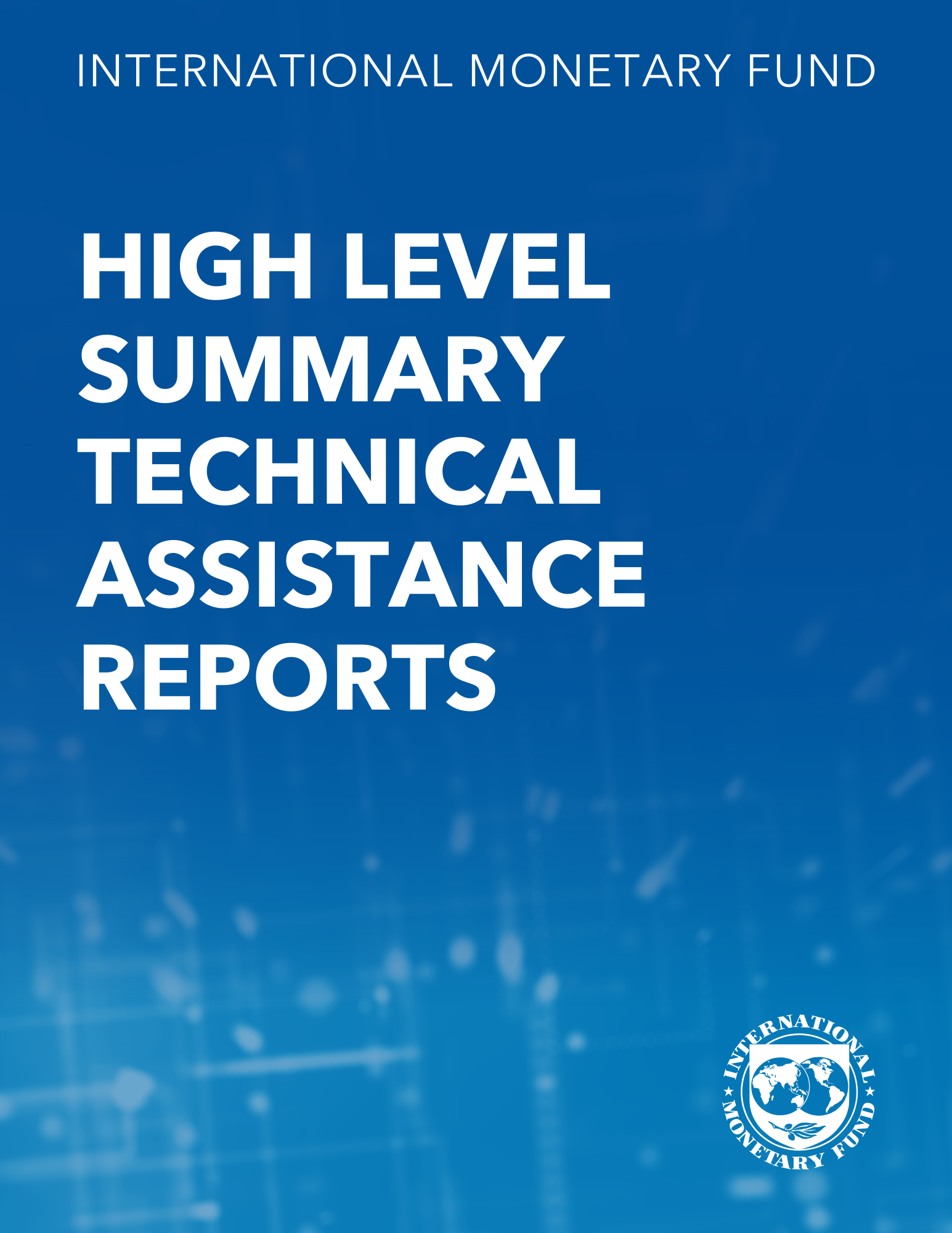Exchange Rate Regimes in Selected Advanced Transition Economies: Coping with Transition, Capital Inflows, and EU Accession
April 1, 2000
Disclaimer: This Policy Dicussion Paper should not be reported as representing the views of the IMF.The views expressed in this Working Paper are those of the author(s) and do not necessarily represent those of the IMF or IMF policy. Working Papers describe research in progress by the author(s) and are published to elicit comments and to further debate
Summary
Since beginning economic transition, the Czech Republic, Estonia, Hungary, Poland, and Slovenia have—with much success—employed diverse exchange rate regimes. As these countries approach EU accession, they will need to avoid the perils of too much or too little exchange rate variability when capital flows are likely to be large and volatile; narrow band arrangements in particular could be problematic. The exception is Estonia, where there are good arguments for retaining the currency board arrangement. Countries wishing to join the euro area at an early stage should not leave the removal of remaining capital controls to the last minute.
Subject: Exchange rate arrangements, Exchange rate flexibility, Exchange rate policy, Exchange rates, Foreign exchange, Inflation, Prices
Keywords: Eastern Europe, EU accession, Exchange rate arrangements, Exchange rate flexibility, Exchange rate policy, exchange rate regime, exchange rate volatility, Exchange rates, Exchange regime, Global, Inflation, managed float, PDP, Policy issue, rate of exchange rate crawl, regime choice, transition, Western Europe
Pages:
26
Volume:
2000
DOI:
Issue:
003
Series:
Policy Discussion Paper No. 2000/003
Stock No:
PPIEA0032000
ISBN:
9781451974119
ISSN:
1564-5193





